Rate of Flow Control Valves
Price: Contact
Series 120 - Rate of Flow Control Valves
The OCV Series 120 Rate of Flow Control Valves is designed to control or limit flow to a predetermined rate, regardless of fluctuations in downstream or upstream pressure.
- Model 120 Rate of Flow Control Valve
- Model 120-1 Rate of Flow Control/Solenoid Shut-Off Valve
- Model 120-2 Rate of Flow Control Valve and Pressure Reducing Valve
- Model 128 Excess Flow Shut-Off Valve
Valve Features
- Operates automatically off line pressure.
- Heavy-duty, nylon-reinforced diaphragm.
- Rectangular-shaped, soft seat seal provides drip-tight Class VI closure.
- Diaphragm assembly guided top and bottom.
- Throttling seat retainer for flow and pressure stability.
- Easily maintained without removal from the line.
- Replaceable seat ring.
- Alignment pins assure proper reassembly after maintenance.
- Valves are factory tested.
- Valves are serial numbered and registered to facilitate replacement parts and factory support.
WATER DISTRIBUTION SYSTEM
Where two water districts are connected, the valve limits flow rate between the two.
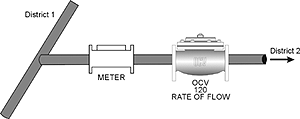
FILTER BACKWASH CONTROL
Installed in the backwash line, the valve limits flow rate during the backwash cycle to prevent filter media blow out.
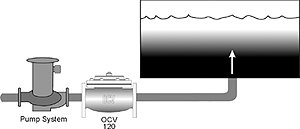
Valve Operation
THE OCV MODEL 120
- The OCV Model 120 rate-of-flow control valve is designed to control or limit flow to a constant, predetermined rate regardless of fluctuations in upstream or downstream pressure. It consists of the following components.
- Model 65 Basic Valve, a hydraulically-operated, diaphragm-actuated, globe or angle valve with an elastomer-on-metal seal and throttling seat retainer.
- Orifice Plate, installed integral to the main valve’s inlet flange. The orifice plate is the flow-sensing device for the rate-of-flow pilot. Orifice plate bore is sized for application flow range.
- Model 2450 Rate-of-Flow Control Pilot, a two-way, normally-open pilot valve that senses the differential pressure created across the orifice plate and balances it against an adjustable spring load. This differential is proportional to the flow rate through the valve. An increase in differential tends to make the pilot close.
- Model 126 Ejector, a simple “tee” fitting with a fixed orifice in its upstream port. It provides the proper pressure to the diaphragm chamber of the main valve depending on the position of the rate-of-flow pilot.
- Model 141-2 Needle Valve, that controls the opening and closing speed of the main valve.
- Model 159 Y-Strainer (standard on water service valves), The strainer protects the pilot system from solid contaminants in the line fluid.
- Two Model 141-4 Ball Valves (standard on water service valves, optional on fuel service valves), useful for isolating the pilot system for maintenance or troubleshooting.
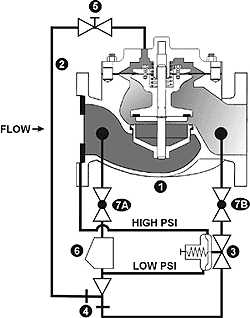
EXCESS FLOW SHUT-OFF VALVE
The OCV Model 128, excess flow shut-off valve closely resembles the standard model 120 Rate-of-Flow control valve. However, in place of the previously described rate of flow pilot model 2450, the 128 is equipped with an adjustable, spring-loaded, locked-open pilot that is non-modulating (model 1380). As long as the differential pressure across the orifice plate (flow rate) is less than the pilot setting, the valve remains open. Should the orifice plate differential exceed the setting of the pilot, the pilot “trips” closed and fully closes the main valve. The pilot and main valve remain closed until manually reset.

The OCV Model 128 is therefore valuable in protecting against a break in the downstream pipe.
Model 1380 Excess Flow Pilot Material of Construction: Stainless Steel
Orifice Plate: Stainless Steel
Related projects









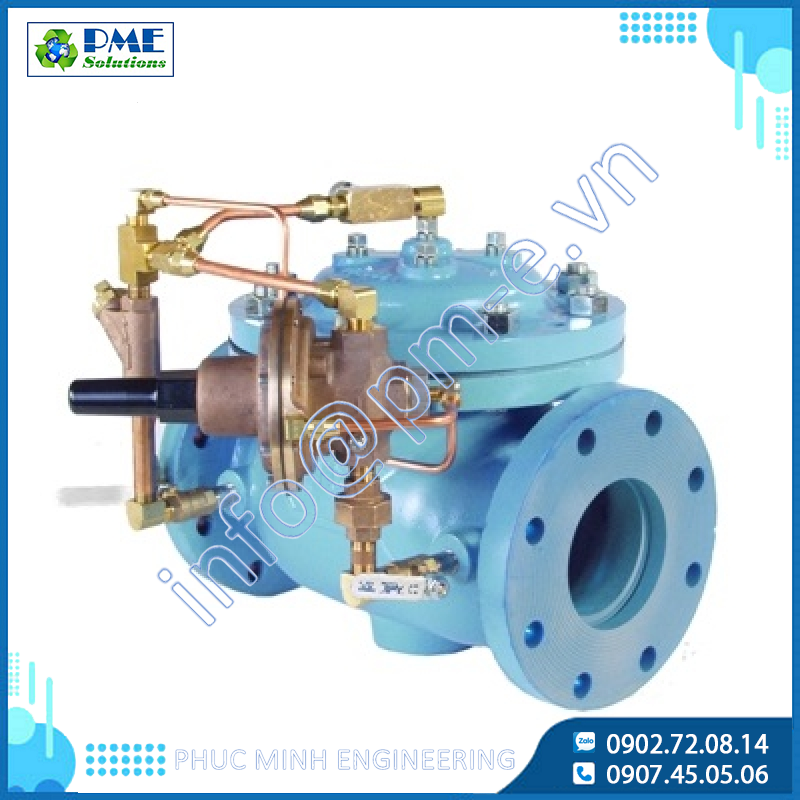
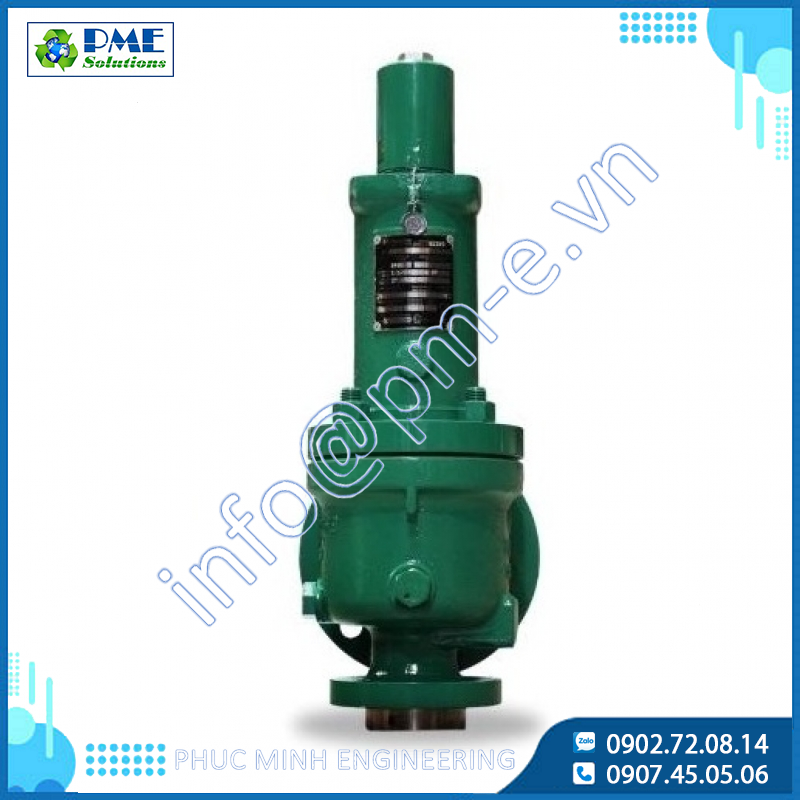
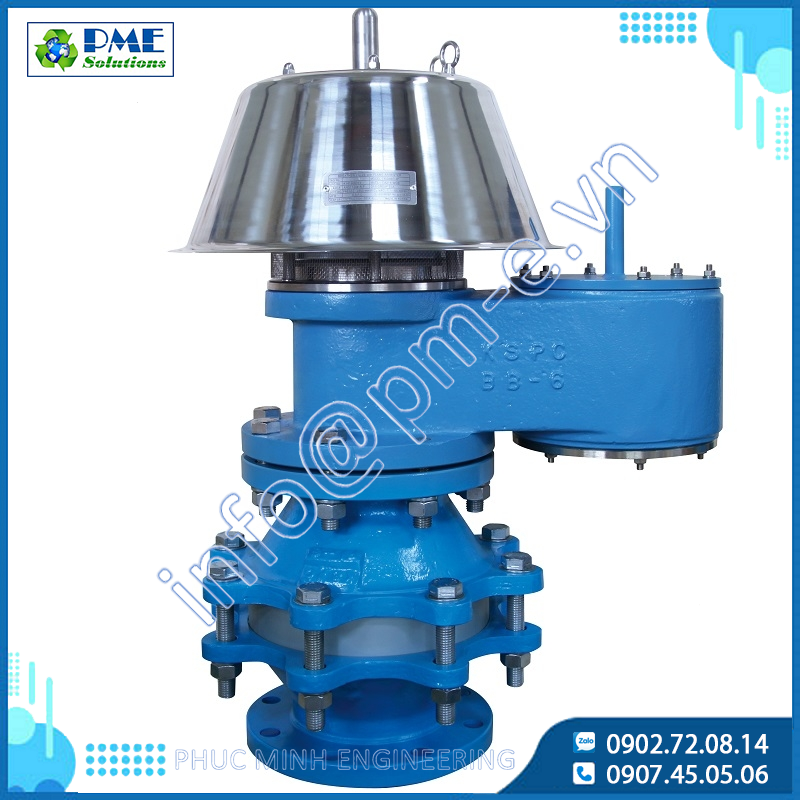
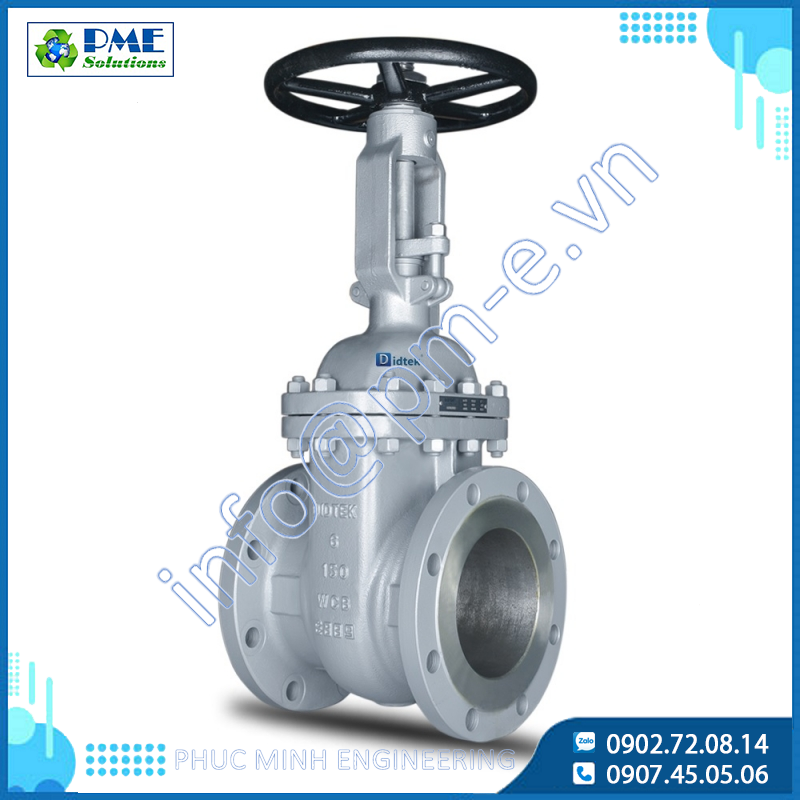
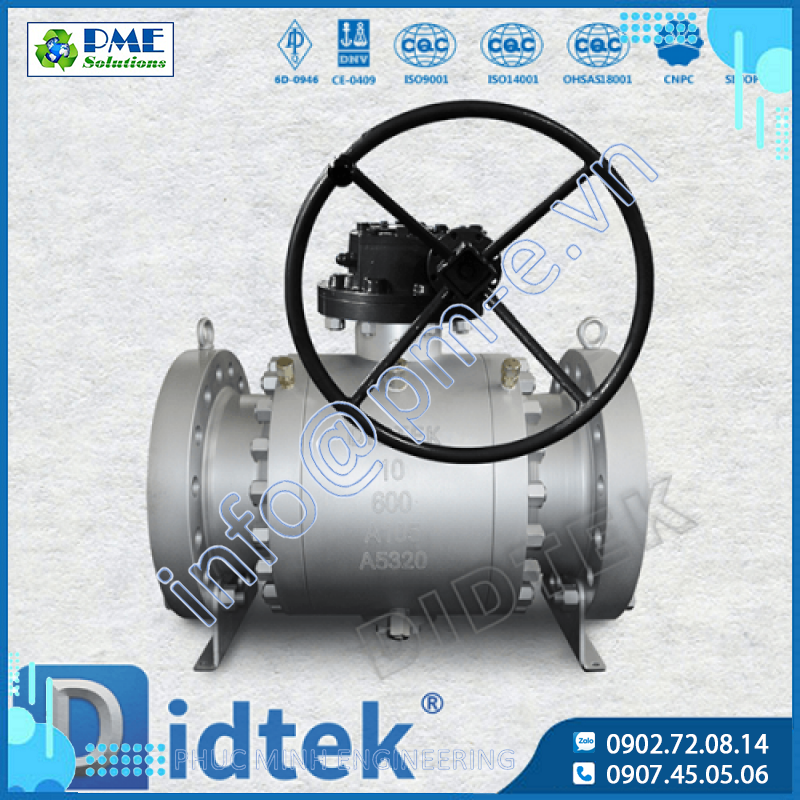
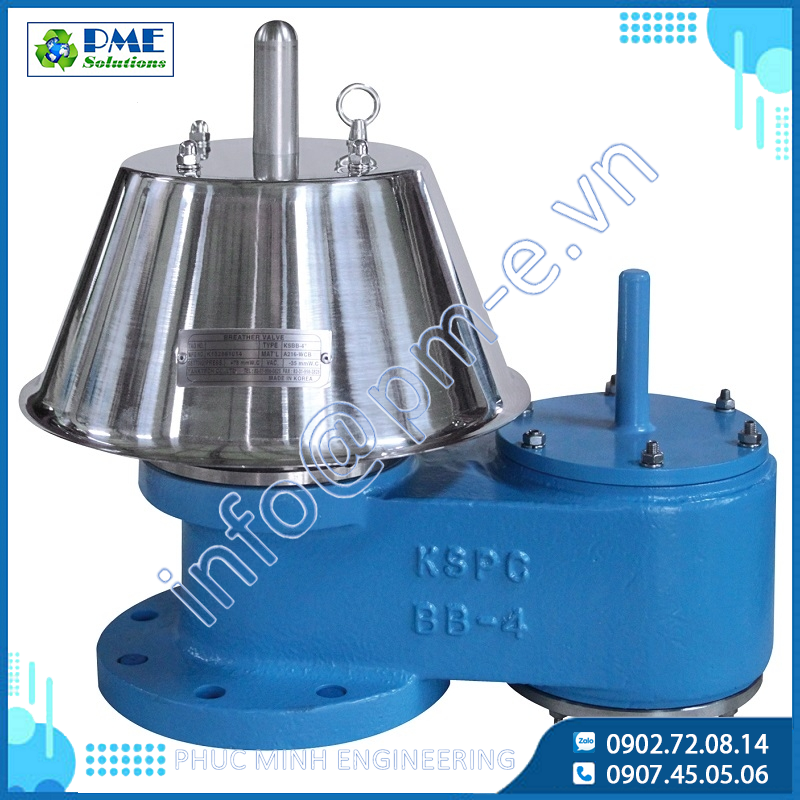


.png)






